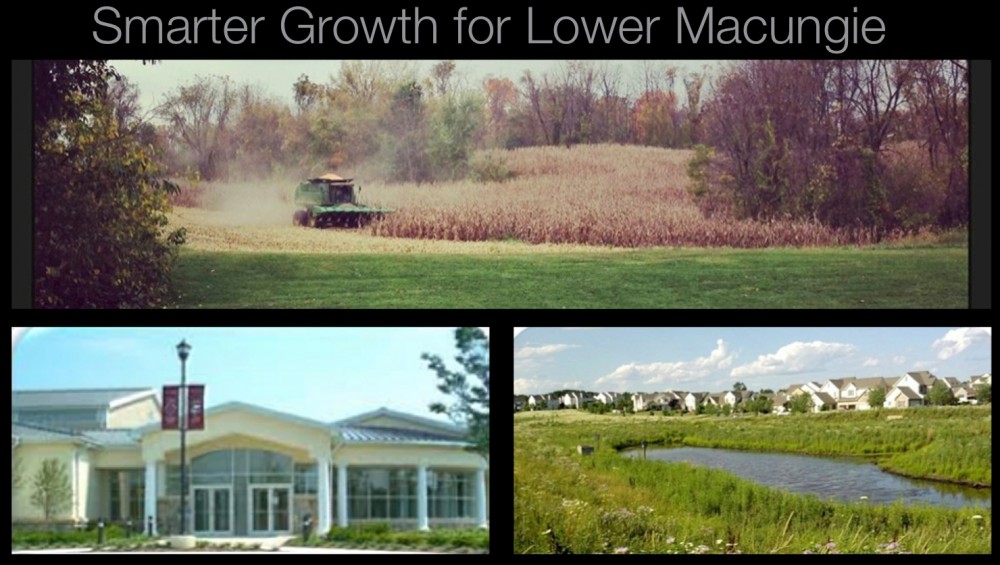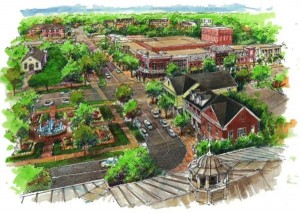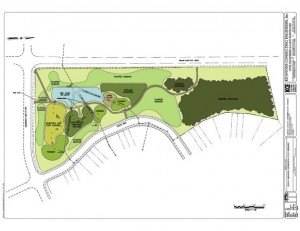At a June BOC meeting a half dozen township residents came to express concerns regarding speeding issues on Millcreek Road, specifically the curvy area near the Schmoyer Bridge over the Little Lehigh Creek.
At this same meeting the Pennsylvania State Police (PSP) gave their annual report. Officer David Nosal overviewed what happens when a resident complains about excessive speeding. The PSP provides primary police coverage in the township.
PSP protocol: Typically, when complaints are recieved for a particular road, PSP will monitor the area and collect data over a set period of time. During this time PSP will issue citations. Periodically, officers will review the data to determine if the area warrants continued presence. In the case of Millcreek, the data showed that people weren’t regularly exceeding the limit by more then 5mph. (the threshhold for a ticket) So enforcement ended.
Clearly in this case, the issue isn’t enforcement. The PSP has done it’s job and determined based on data that people aren’t speeding excessively. Now, this isn’t to say there isn’t an issue. I believe firmly that there definitely is on this stretch and other similiar.
I visited this stretch on a bicycle the other day and stopped to talk to some neighbors. It’s posted 35mph. If you’re brave enough to take your life into your hands, bike it you’ll know immediately that 35 mph simply doesn’t work here. For most of us, it’s a choice to walk or bike this stretch and we can choose not to. But for the residents who live here, (I counted over a dozen homes) there is no choice. They must interact with this dangerous street to get out driveways and to collect mail.
It’s my opinion the issue here isn’t enforcement but rather the speed limit itself. This particular road is a township road. Therefore the township controls the speed limit. It’s my opinion that when considering the speed limit we need to move beyond simple road classifications and use more common sense.
This area is an old neighborhood. Some houses have been there decades. One in particular was a former 1 room schoolhouse built in 1850. The road here is particularly windy and dangerous. Site lines are awful. If you do the math and figure the space it takes to stop when travelling 40 mph and take into account where the driveways are, you quickly figure out that this corridor is a recipe for tragedy.
I’m going to do some digging on what options residents have when they believe a speed limit is innapropriate for a certain road. Im also going to follow the Millcreek issue closely. As of now the issue has been sent to the public safety commission.
The issue is again on the Board of Commissioners agenda tonight in the form of a resident communication to Congressman Dent. The Board of Commissioners meeting is 7pm in the township building.
What you can do if you have a speeding complaint:
Any township Rd: Call the PSP and ask for targeted enforcement
You can contact the Fogelsville Barracks at: (610) 706-0613
State Roads: You can contact our state representatives office. Contact Ryan Mackenzie: Emmaus Office (610) 965-9933
Township Roads: You can contact the township at: (610) 966-4343


